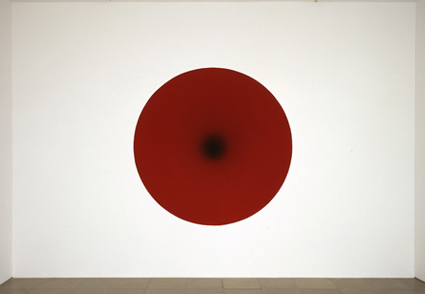COUNTLESS mediocre 19th-century academic painters cashed in on the vogue for exotic subjects, travelling to far-off places and painting almost pornographic pictures with titles like In the Harem, cloyingly sentimental pictures with titles like The Dusky Bride, busily scenic pictures with titles like Market Scene, Cairo. They understood the market value of exoticism, the saleability of a touch of Eastern promise. These days, of course, no one takes that kind of thing seriously. It has been seen through, thoroughly decoded and deconstructed: colonialist, imperialist, politically incorrect in just about every way, and aesthetically dull with it. We're not going to fall for anything like that again. But hang on a minute. Maybe we have.
Francesco Clemente is an Italian-born artist who lives in New York. He is one of the world's most prolific and highly regarded painters. His pictures cost an awful lot of money, and just about every museum of contemporary art in Europe and America owns an obligatory example or two. Clemente is a Success. But he may, one day, be remembered as little more than a late 20th-century equivalent to all those fifth-rate 19th-century painters of harems and dusky brides and market scenes in Cairo. Clemente's pictures represent orientalism updated, orientalism adapted to modern tastes - but old-fashioned orientalism none the less, with all its opportunism, its patronising attitudes and sentimentality and borrowed exoticism disguised, but still intact. Clemente paints would-be mystical figurative pictures on sheets of beautiful handwoven Indian paper which are (in the artist's own somewhat approximate words) ''as wide as the open arms of a South Indian boy''. The examples currently on display at Anthony D'Offay Gallery suggest that Clemente's chief sources of inspiration are most likely to have been the psychedelic album covers, posters and books of the 1960s and 1970s, along...

Flirting with hippie chic
20-04-1993

